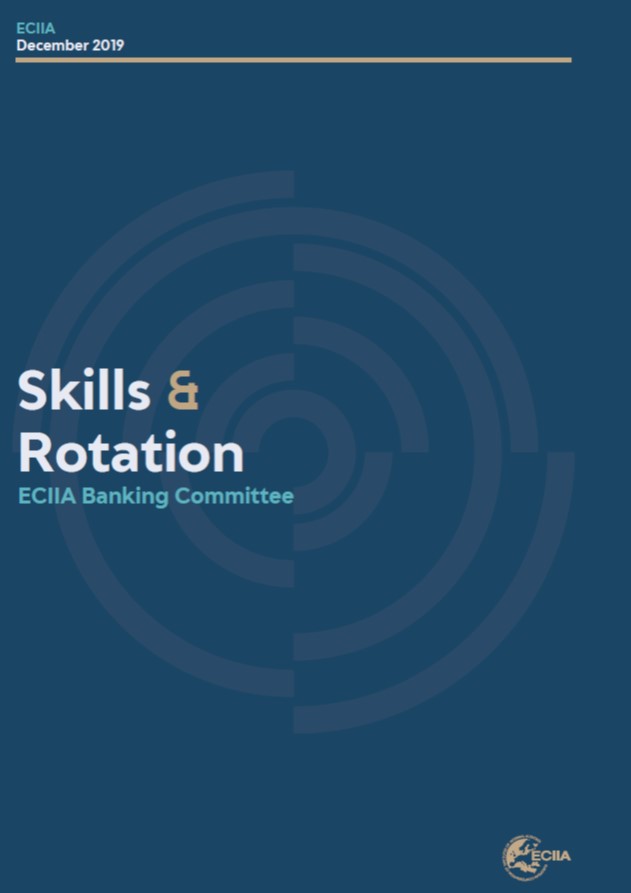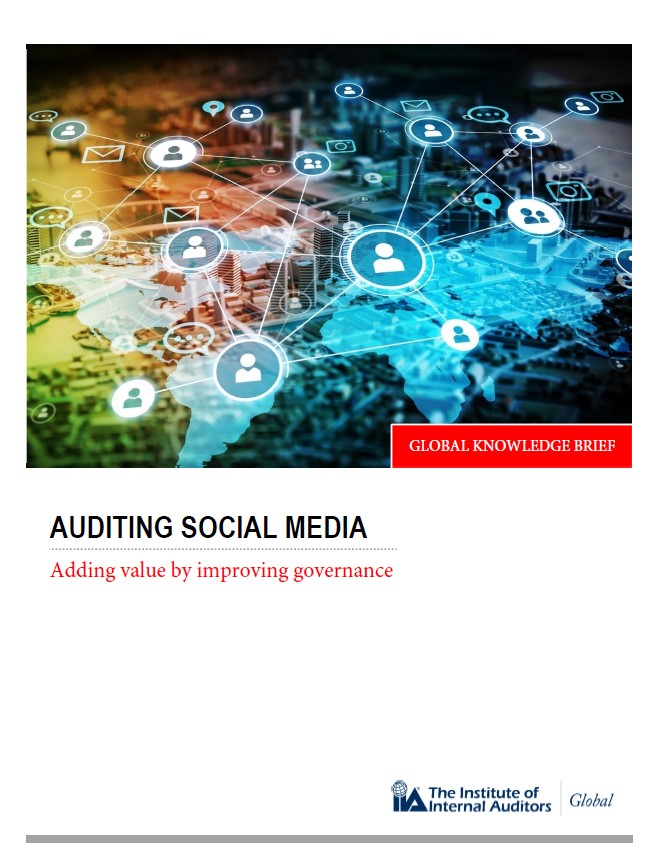Skills and Staff Rotation
Talent management is important in the internal audit function, in terms of technical abilities and adequate knowledge as well as professional and personal growth of the internal auditors. New skills are required for internal auditors and there are different ways to acquire them.









